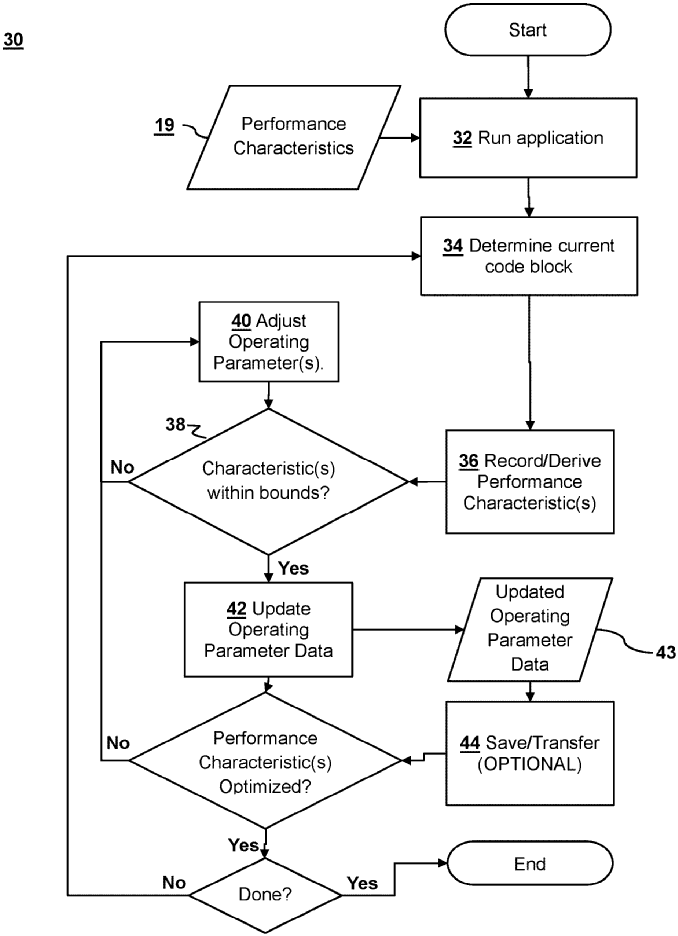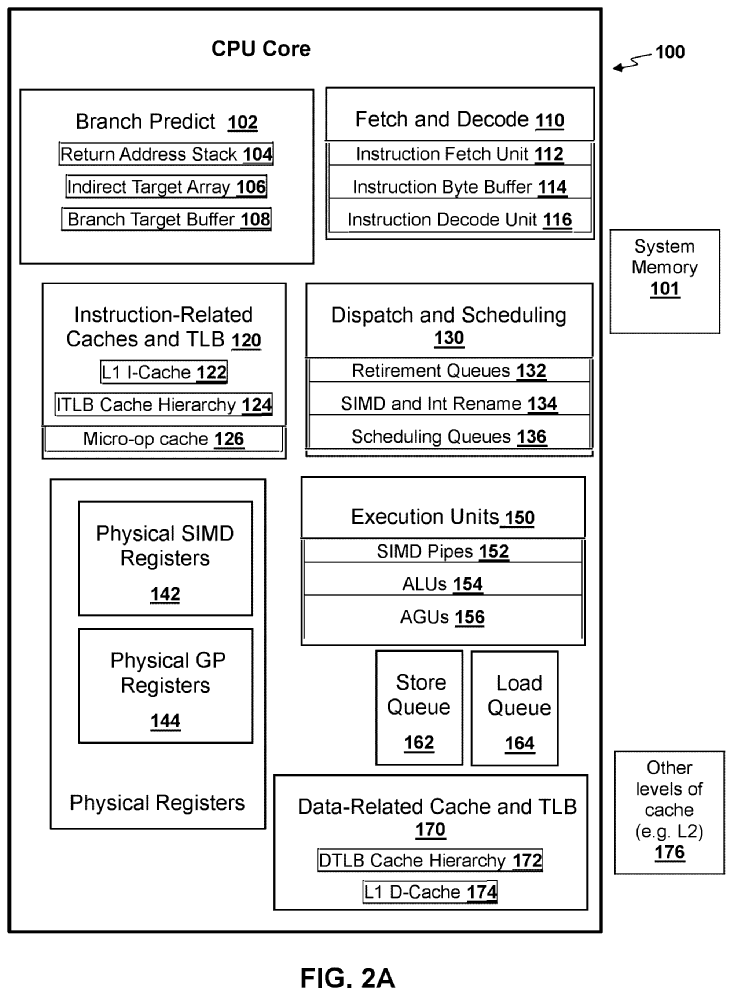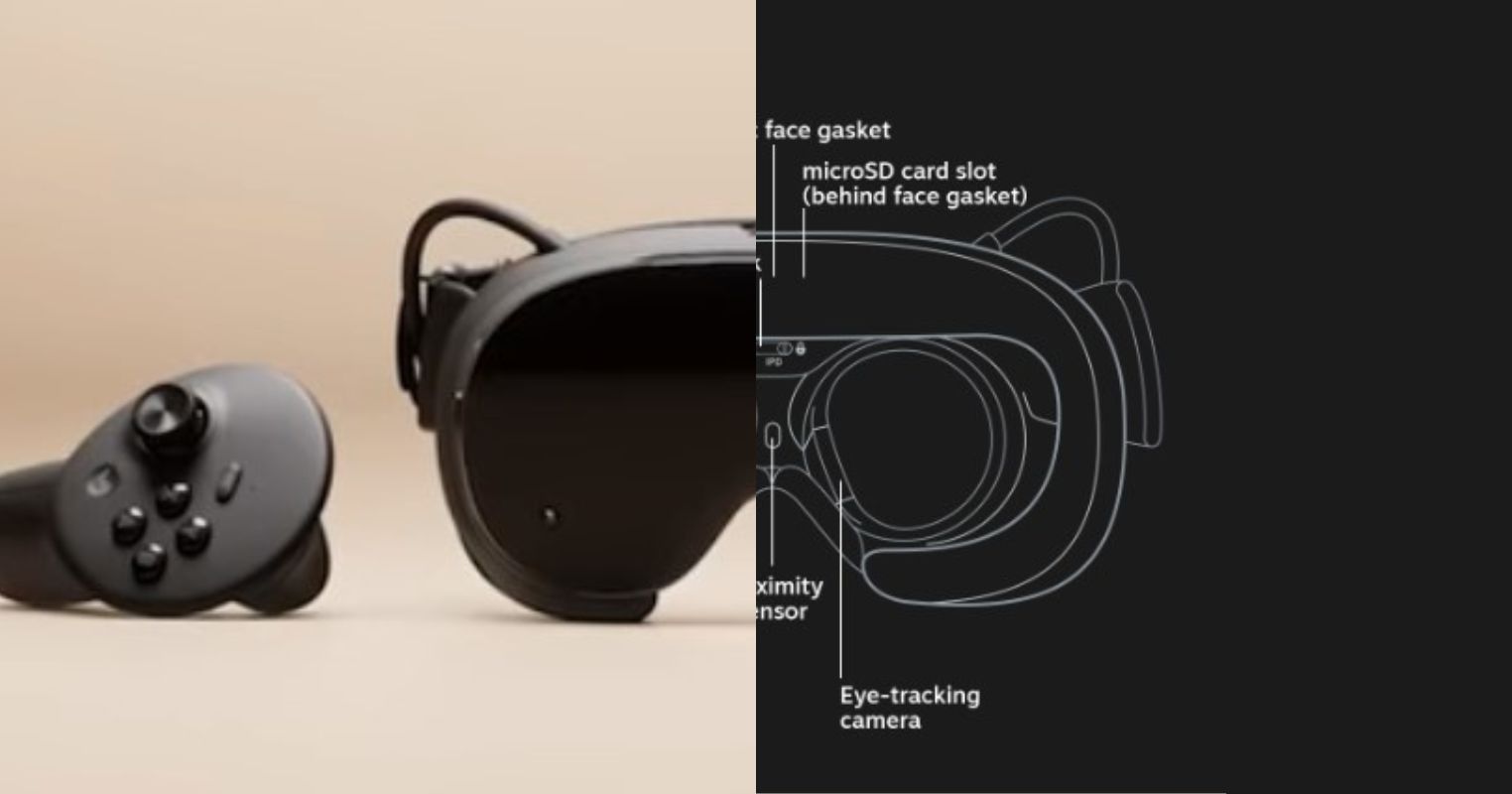- Sony has published a new patent that discusses tuning modern hardware to run legacy applications smoothly on the new device.
- The patent talks about hardware-level backward compatibility for legacy applications, like games from other consoles.
- Sony may add this system to PS6, which also perfectly connects with the past rumors about the next-gen console.
The issue of game preservation and backward compatibility has become much greater as gaming has progressed over the years. Both Xbox and PlayStation have been in a race to solve the dilemma, but a new patent suggests Sony’s PS6 may end up taking the trophy.
We’ve found a new Sony patent that proposes the ability for modern hardware to be tuned in real-time so that it can run legacy apps more smoothly on the newer devices. In other words, Sony talks about securing hardware-level backward compatibility features.
Sony possibly wants to solve the issue of older software or games crashing or running with problems on the newer, modern PlayStation 6 hardware. This can be achieved by tuning the system until perfect synchronization and performance are achieved.
To address problems that arise due to differences in hardware behavior when running a legacy application on a new device, the new hardware may be tuned to run the legacy application. […] The application may be run repeatedly on the new system while tuning its operating parameters to adjust the application-specific performance characteristics.
Why it matters: Sony publishing the patent for hardware-level backward compatibility amid rumors of PS6 support serves as further evidence that we will be able to play old PlayStation games to a greater extent.

The patent, “Running a Legacy Application on a Non-Legacy Device with Application-Specific Operating Parameters for Backwards Compatibility,” outlines a system that uses customized hardware settings to run legacy software efficiently.
The system auto-adjusts parameters like CPU/GPU speeds, cache, and pixel output to prevent performance issues when running old apps on new hardware, enabling true backward compatibility, according to Sony.
Differences in performance of the hardware components of a new device and a legacy device can cause errors in synchronization on the new device, […] Such differences in performance can arise, e.g., from differences in hardware architecture between the new and legacy devices.

This patent also solidifies a popular rumor that Sony’s PlayStation 6 will use an AMD SoC with backward compatibility. In other words, the console might be able to run PlayStation games from many older generations with hardware-level backward compatibility.
Sony has also published several other innovative patents over the last few years, including one to introduce virtual buttons on controllers that work with finger gestures and another one for allowing in-game NPCs to react to player emotions in real-time.
Do you think Sony will make backwards compatibility one of the most defining features of the next-gen console? Let us know your thoughts in the comments below, or join the discussion on the Tech4Gamers forum.
Thank you! Please share your positive feedback. 🔋
How could we improve this post? Please Help us. 😔
Shameer Sarfaraz has previously worked for eXputer as a Senior News Writer for several years. Now with Tech4Gamers, he loves to devoutly keep up with the latest gaming and entertainment industries. He has a Bachelor’s Degree in Computer Science and years of experience reporting on games. Besides his passion for breaking news stories, Shahmeer loves spending his leisure time farming away in Stardew Valley. VGC, IGN, GameSpot, Game Rant, TheGamer, GamingBolt, The Verge, NME, Metro, Dot Esports, GameByte, Kotaku Australia, PC Gamer, and more have cited his articles.


 Threads
Threads

